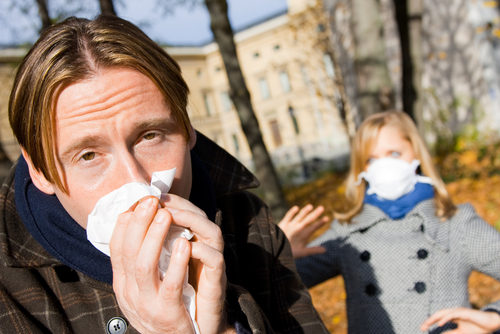
Impetigo is a bacterial infection that affects the skin. While it is more common in children, it can affect people of all ages. Outbreaks are often seen in areas where there are a lot of people or children such as schools, offices, and daycares. The bacteria can travel by direct or indirect contact and can infect multiples areas of the body at the same time.
The symptoms of impetigo are usually easy to identify. It appears as red, bumpy, crusty lesions and blisters on the body. It is usually found around the mouth, eyes, hands, and feet, but it can appear in other areas of the body as well.
Many people spread it to other areas by scratching and picking at the lesions. The infection is caused by the streptococcus bacteria, which can cause other types of infections as well, including strep throat. If you think a person may have impetigo, it’s best to avoid contact with them and their belongings.
1. Contact with Infected Person
The most common way for a person to contract impetigo is from another person who has it. The bacteria can easily transfer from person to person through direct contact. If the infected person brushed up against another person, or wipes their infected skin and then touches another person, they may spread the bacteria.
This is one reason it is important not to scratch the blister or lesions that often appear as a result of an impetigo infection. You should also be sure to wash your hands if you are infected with the bacteria to avoid spreading it. The bacteria spread easily, and it may only take a small amount of fluid from a blister or lesion to carry the bacteria to another person. Once a person begins treatment for the infection, it only takes a short time for the infection to clear up. If you notice lesions or blisters on a person, avoid direct contact with that person.



